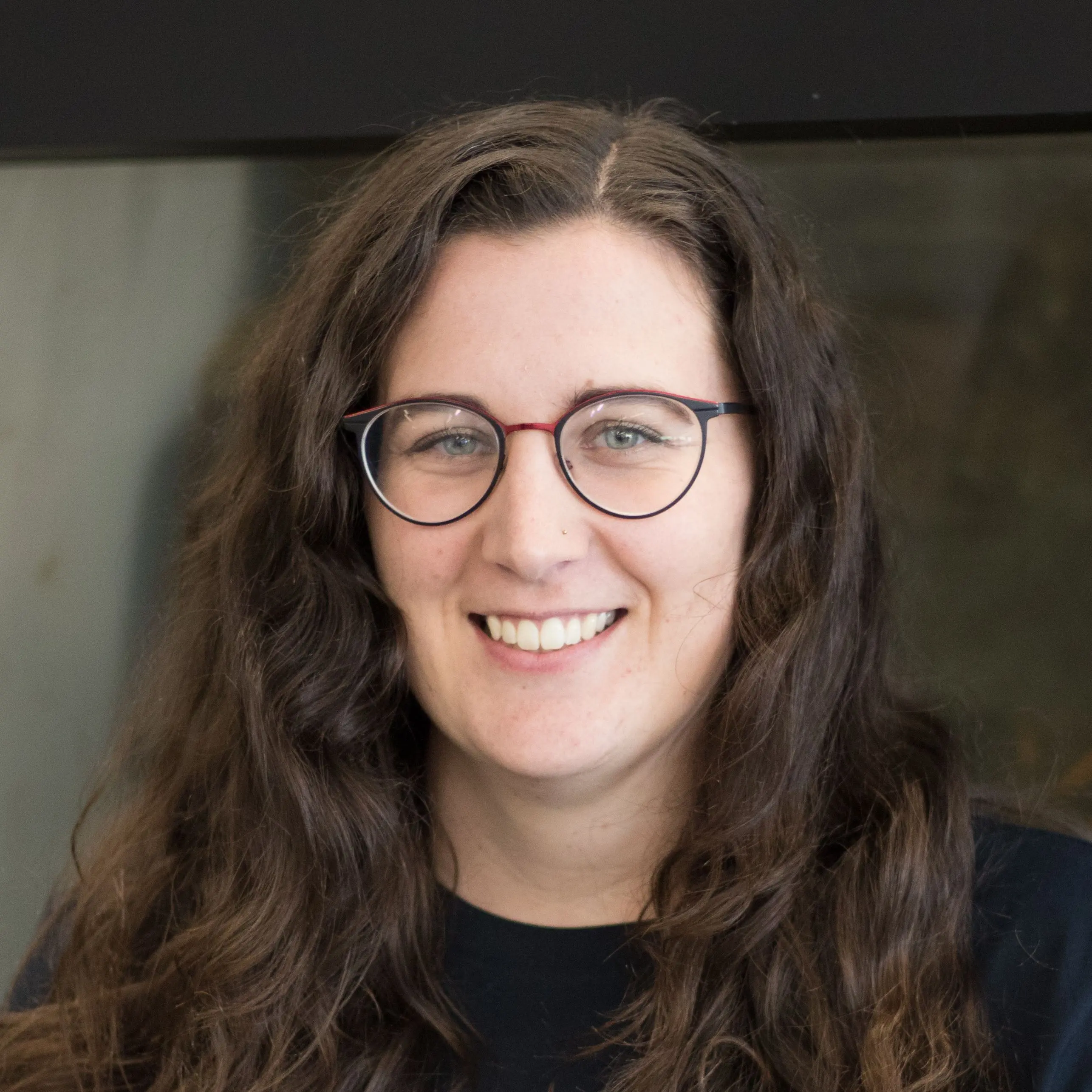I have spent the last week of my ambassadorship amongst NIWA’s Tropac group at the Greta Point facility in Wellington. Tropac stands for Tropospheric Physics and Chemistry. The troposphere is the lowest part of the atmosphere, it is where airplanes fly and where the weather happens, but more importantly it is here that we detect some of the greatest effects of climate change such as temperature and carbon dioxide increases. The NIWA building is perched on the Wellington harbourside so while the group discusses the ever-increasing levels of carbon dioxide, methane and other greenhouse gases, we can hear the constant arrival and departure of flights from Wellington Airport.
The Tropac group at NIWA has been operating in some form since the 1960’s. Like the Lauder group, their measurements and models are among some of the longest running and most well respected in the world. I have been working mostly with Dr. Hinrich Schaefer, who looks at methane. He uses different carbon isotopes to attempt to find how methane sources have changed over the last 30 years, as biological and agricultural sources are becoming more noticeably problematic.
On Thursday, we took a trip out to Baring Head, NIWA’s main measurement site in Wellington. Baring Head is the bottom point of the eastern side of Wellington Harbour. It is a picturesque spot, with a clear day allowing views over Wellington City and down to the South Island. This is the site of the world’s second longest running carbon dioxide measurement, but it is also measures oxygen, ozone, methane, and radon among other things. It plays a part in global efforts to detect climate change, with measurements here being used by international organisations to detect changes in air constituents and requires regular maintenance to keep the instruments working. I was an extra pair of hands for cleaning, recording observations, and opening farm gates.
These three weeks with NIWA have been amazing for my personal development as a scientist, but have also been incredibly disquieting. NIWA has been measuring greenhouse gases for longer than I have been alive, and levels have been increasing almost all of this time. The increasing challenges we will all face from climate change illustrates why places like NIWA need resources to keep researching this, and investigating methods to cope with changes in future. Scientists here are working at full capacity to keep up with measurements, research output and admin, so I was happy to be a help to these amazing people in whatever way I could, whether it was as scribe, code-writer or gate-opener.

Emily Gordon
BLAKE NIWA Ambassador 2018


